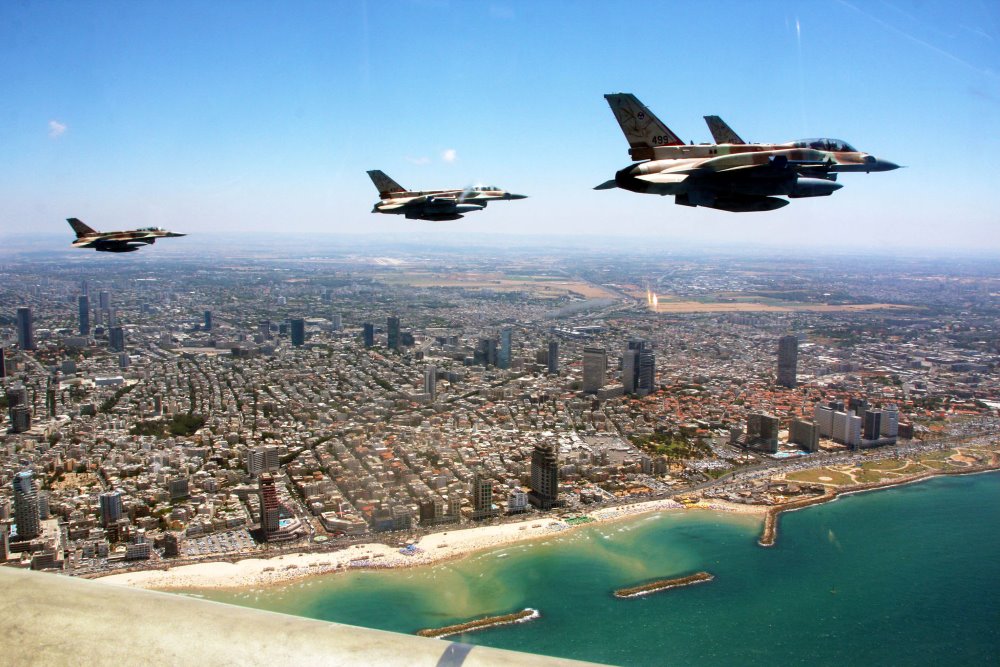
The backbone of the Israeli Air Force is its F-16 fleet, which forms its primary strike force across the Middle East. For decades, these powerful and versatile fighter jets have been critical to the country’s defense strategy. Next, they could be mobilized for their most dangerous mission yet, in Iran.
Over the years, the F-16’s role extended well beyond territorial defense of Israel’s airspace. The aircraft’s ability to carry out a wide range of missions, including air-to-air combat, ground attack, and reconnaissance, has made it a versatile asset in Israel’s military arsenal.
Most notably, the IDF mobilized F-16s to destroy Iraq’s Osirak nuclear reactor in 1981. In the 2007 “Operation Orchard,” Israel deployed F-16s to bomb and demolish a Syrian nuclear reactor.
These missions demonstrated the precision and capability of the F-16 fleet in carrying out complex high-stakes operations. The aircraft was also pivotal in ensuring air superiority during the 1982 and 2006 Lebanon wars.
Over the years, Israel invested heavily in upgrading and modernizing its F-16 squadrons. As the fighter jets age, such upgrades are critical in ensuring the aircraft’s effectiveness and continued service.
Israel’s F-16 upgrades
In recent years, Israel upgraded its F-16s with cutting-edge systems and weapons. This included the installation of advanced radars, navigation hardware, and electronic warfare capabilities. A squadron commander recently told Walla News that the long-serving jets are currently being fitted with new systems and munitions.
Another notable upgrade was the Barak 2020 program, which modernized the F-16’s avionics, electronic warfare systems, and communication gear. Beyond improving the aircraft’s performance, this upgrade also enabled seamless integration with other platforms in Israel’s military ecosystem.
The integration of Israeli-made weapons systems is another key enhancement. The Air Force armed its F-16s with air-to-air missiles like Python 5 and precision-guided munitions such as the Spice bomb. Installing this weaponry extended the F-16’s operational range and lethality.
Overall, the many upgrades extended the lifespan of Israel’s F-16s, turning them into formidable assets for long years. But the jets final mission may be their most crucial: Destroying Iran’s nuclear project.
Will F-16s strike in Iran?
Speculation about the role of Israel’s F-16 jets in a strike on Iran’s nuclear facilities has been a subject of discussion for years. Specific operational details remain confidential, but F-16 squadrons are certain to play a crucial role in any attack scenario.
The aircraft’s agility, precision strike capabilities, advanced systems, and ability to carry various munitions makes it well-suited for targeting critical components of Iran’s defenses and nuclear project.
The Air Force maintains a network of operational bases and airfields scattered across Israel and could launch a strike on Iran from different routes. Today, most F-16 squadrons are based in the Ramat David airbase in northern Israel.
For more than 40 years, F-16s enabled Israel to project military force throughout the Middle East. In recent years, the IDF supplemented this massive air power with F-35 jets to further enhance its capacity to launch long-range operations. If the order is given, F-16 squadrons stand ready to strike in Iran as well.


